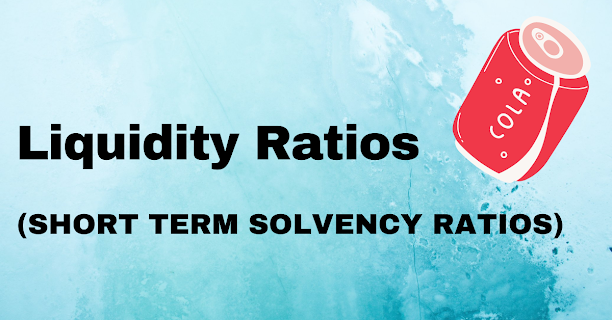Profitability Ratios

Profitability Ratio for shareholders: Return On Equity, Return On Capital Employed, Return On Assets, Operating profit, Gross Profit, and Net profit. Interpretations and analysis of profitability ratios. Dupont Analysis of Return On Equity and Return On Capital Employed. so, to calculate the return on equity using the Dupont model, simply multiply the three components that are net profit margin, asset turnover, and equity multiplier. Table of content Return On Equity(ROE) Return On Capital Employed(ROCE) Return On Assets (ROA) Gross Profit Ratio Operating profit Ratio Net Profit Ratio conclusion 1) Return On Equity(ROE) This ratio calculates return on equity shareholder's fund only. It excludes preference shareholder's funds. A high return on equity shows better productivity or efficiency in the utilization of the owner's funds. Return on equity is also called return on net worth. let us understand it by one example. suppose Coca-...


